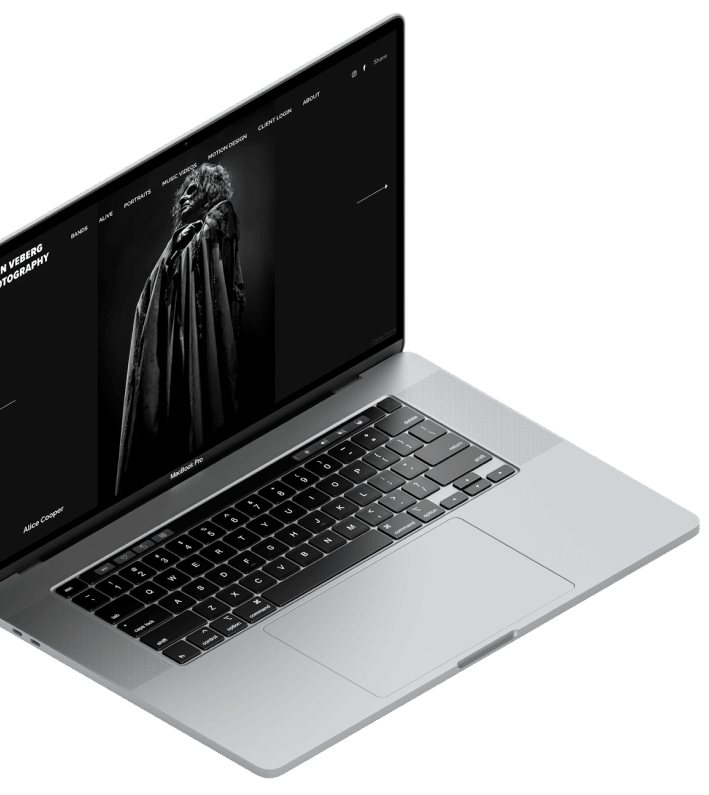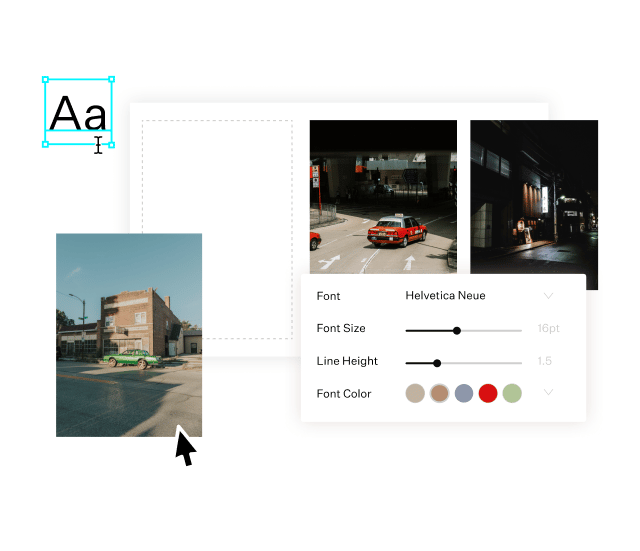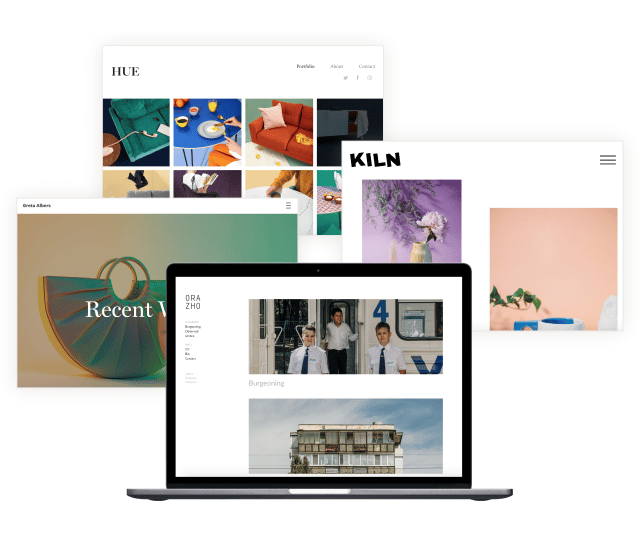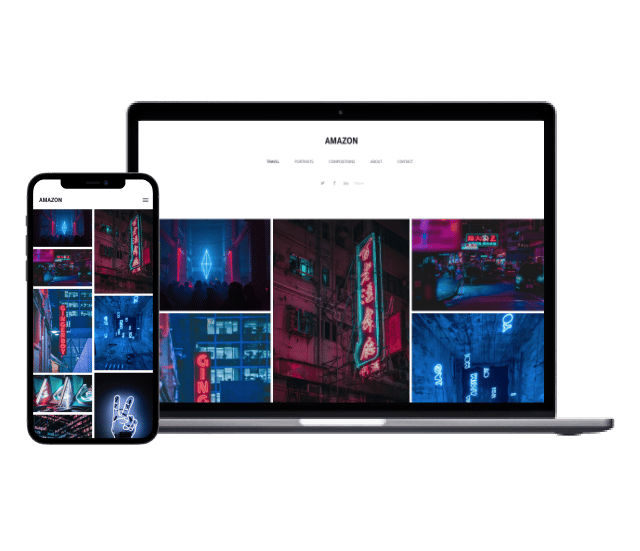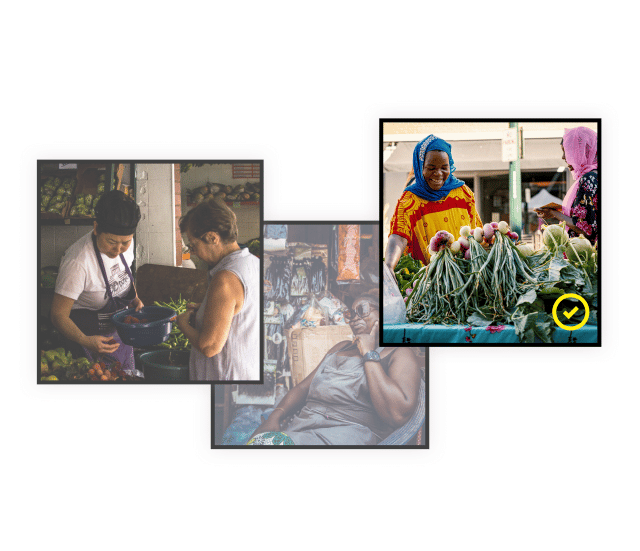
Starting A Documentary Photography Business
If you’re starting a new documentary photography business, your online portfolio will be a key tool to help you land your first clients.
Document Something You’re Interested In
If you’re not sure what to capture first as a documentary photographer, consider a subject or event that you’re already interested in and have some knowledge of. This will help you capture images that you know are relevant and important to the subject. For example, if you’re a foodie, consider shooting food documentary photography. Having a personal interest in what you’re capturing will also make the work more enjoyable, and make it more likely that you won’t rush through the process of shooting images, editing, and curating your portfolio.
Make A Habit Of Pitching Yourself To Clients And Publications
No matter how compelling your portfolio images are, they’re not worth much if nobody actually gets a chance to see them. As a documentary photographer, pitching potential clients, such as publications, newspapers, and magazines, should be a regular habit.
Make a list of all of the publications that might potentially hire you and publish your work, and take a look at what they have been publishing lately. Look for opportunities that fit with your style and the types of things that you document in your photography. For example, if you know of a wildlife photography documentary website, see if there are any opportunities for you to submit your animal documentary photography.
Create Your Own Documentary Photography Projects
Even if you don’t get paid gigs from the very beginning, creating high quality documentary photo projects for yourself and hosting them on your portfolio website is a great way to flex your photography muscles and show just how skilled you are. You can choose an event, or one thing you want to document over a given period of time, or any other project that compels you. When you’re done, submit your portfolio along with a description of the project to blogs and websites that might publish it to a wider audience.
